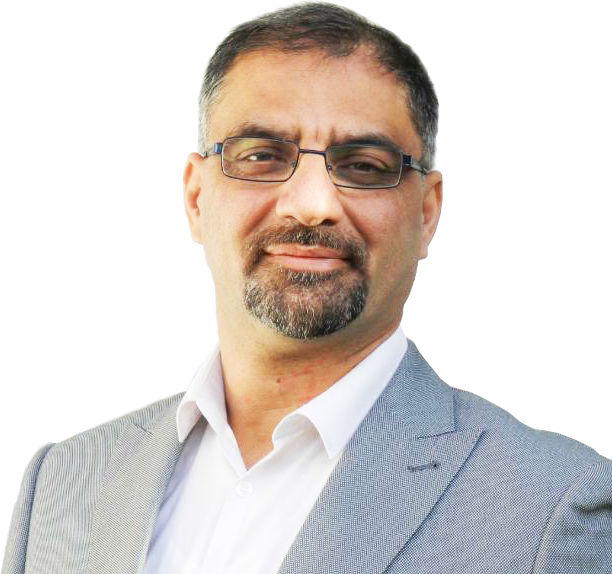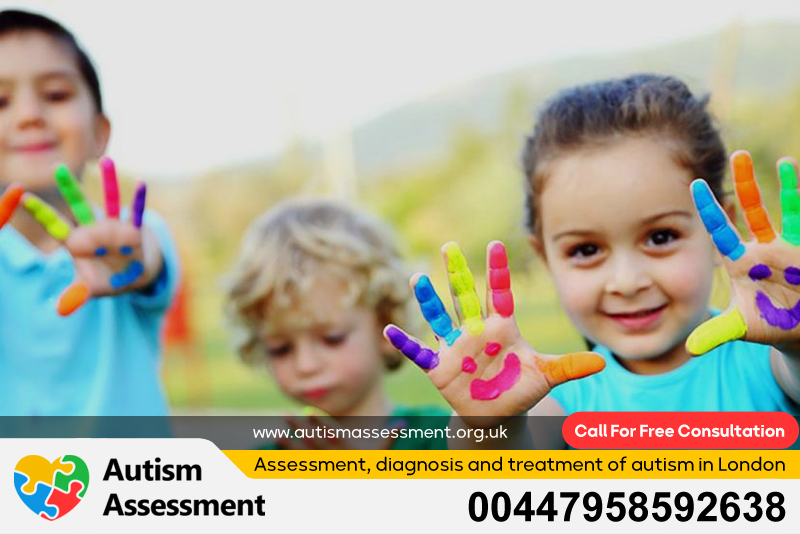Diagnosing neurodevelopmental and mental health disorders can be a complex process, particularly when conditions overlap in symptoms, as is often the case with Autism Spectrum Disorder (ASD) and anxiety disorders. Both autism and anxiety can profoundly impact an individual’s life, shaping their thoughts, behaviors, and interactions with the world. Understanding how to differentiate between these conditions is crucial for appropriate testing and intervention. This article explores the nature of autism and anxiety, the testing processes for each, and the significance of accurate diagnosis in tailoring effective therapeutic strategies.
Autism Spectrum Disorder is a developmental disorder characterized by difficulties in social communication and interaction, along with the presence of restricted or repetitive patterns of behavior, interests, or activities. Symptoms are typically evident in early childhood and can vary widely in severity, leading to significant differences in functioning. While some individuals may require substantial support throughout their lives, others may function independently and lead successful adult lives. It’s essential to recognize that autism is not solely about deficits; many individuals on the spectrum also possess unique strengths, talents, and ways of processing information that can be distinctly different from neurotypical individuals.
Anxiety disorders, on the other hand, encompass a range of conditions characterized by excessive fear or worry. Common anxiety disorders include Generalized Anxiety Disorder (GAD), Social Anxiety Disorder, and Specific Phobias. These disorders can manifest through physical symptoms such as rapid heartbeat, sweating, and sleep disturbances and emotional symptoms like irritability and persistent worry. Anxiety can be triggered by specific situations or exist as an ongoing presence in a person’s life, often interfering with daily activities and quality of life. For individuals on the autism spectrum, anxiety can often be exacerbated by social situations, changes in routine, and sensory overload.
The challenge lies in the fact that people with autism may experience anxiety at higher rates than the general population, with estimates suggesting that 40-60% of individuals with autism also meet the criteria for an anxiety disorder. This overlap can make distinguishing between the two conditions particularly complex during the diagnostic process. Symptoms such as avoidance of social situations, difficulty managing emotions, and obsessive behaviors may stem from either condition, leading to potential mislabeling by clinicians who are evaluating young children or adults for diagnosis.
Testing and assessment for autism and anxiety involve comprehensive evaluation by trained professionals. The assessment process for autism typically includes standardized instruments and observational assessments, such as the Autism Diagnostic Observation Schedule (ADOS) and the Autism Diagnostic Interview-Revised (ADI-R). These tools allow clinicians to observe social communication behaviors directly and gather detailed information about the individual’s developmental history and behavioral patterns.
In contrast, anxiety assessments might incorporate structured interviews, self-report measures, and behavioral rating scales that evaluate anxiety symptoms across multiple settings, such as home and school. Commonly used tools include the Spence Children’s Anxiety Scale (SCAS) and the Child Behavior Checklist (CBCL). Clinicians often request insights from parents, teachers, and others who interact with the individual to compile a holistic view of their behaviors, feelings, and how they navigate various environments. A thorough evaluation of both conditions is critical to ensure accurate diagnosis and effective treatment.
As clinicians gather information, it’s vital to consider the context of the individual’s behaviors. For example, understanding if a child avoids social interactions because of social anxiety or due to challenges in social communication associated with autism can shape how professionals approach interventions. Being aware of the individual’s strengths and challenges helps in developing tailored strategies aimed at minimizing anxiety and maximizing social and emotional development.
Interventions and treatments for autism and anxiety can vary significantly. Individuals with autism may benefit from interventions focused on enhancing social skills, communication, and daily living skills, such as Applied Behavior Analysis (ABA) and speech therapy. For anxiety, Cognitive Behavioral Therapy (CBT) is often the treatment of choice, which focuses on identifying negative thought patterns and developing coping strategies to manage anxiety. However, when individuals present with both autism and anxiety, an integrated approach that incorporates techniques from both therapeutic frameworks is essential.
Creating a supportive environment for those with autism or anxiety requires collaboration among families, educators, and mental health professionals. Families can help by advocating for their child’s needs and ensuring they receive appropriate evaluations and treatments. Educators play a crucial role in providing structured environments that reduce anxiety triggers, such as predictable routines and clear expectations.
In conclusion, understanding the distinct yet often overlapping symptoms of Autism Spectrum Disorder and anxiety is essential for accurate testing and effective treatment. The complexities of these conditions necessitate a comprehensive and nuanced approach to diagnosis. By employing thorough assessment tools, gathering information from multiple sources, and recognizing the whole individual, clinicians can develop tailored intervention plans that empower individuals with autism and anxiety to thrive. As awareness of both conditions continues to grow, fostering understanding and compassion within families and communities remains crucial in supporting those who navigate these challenges.



